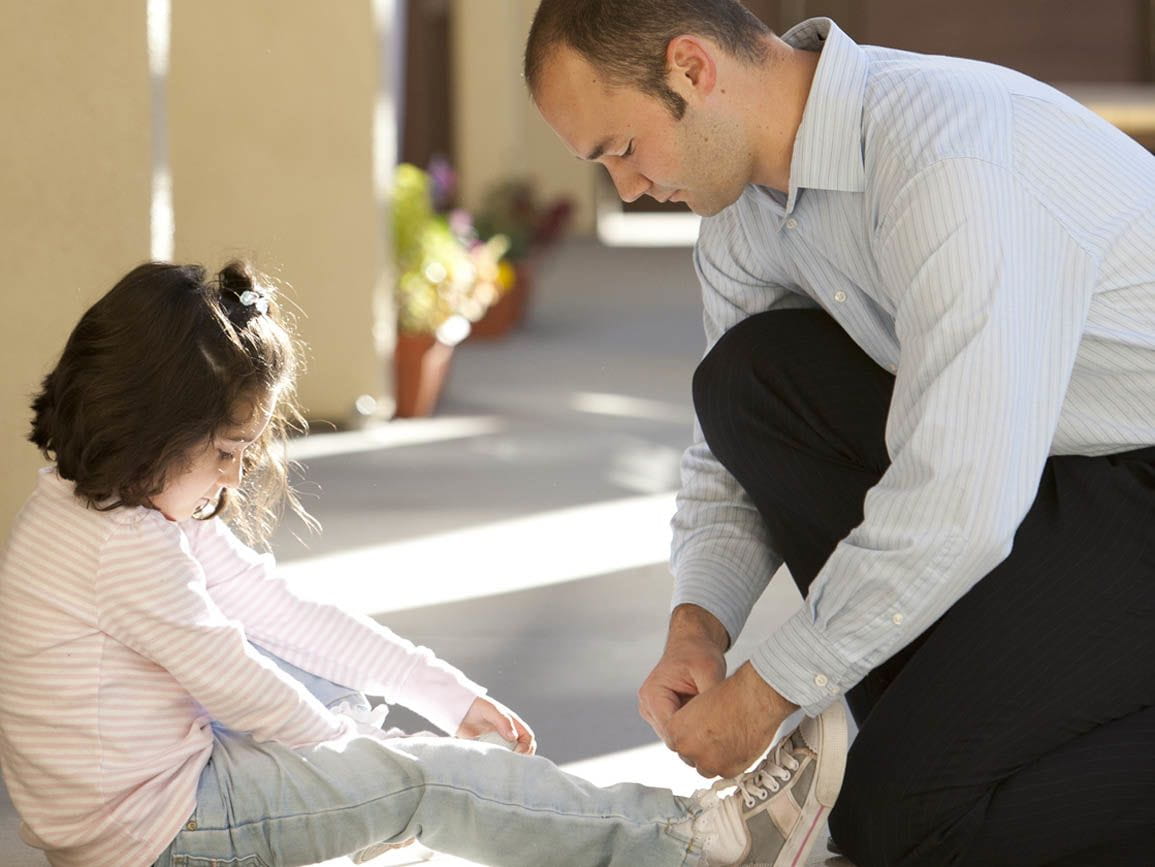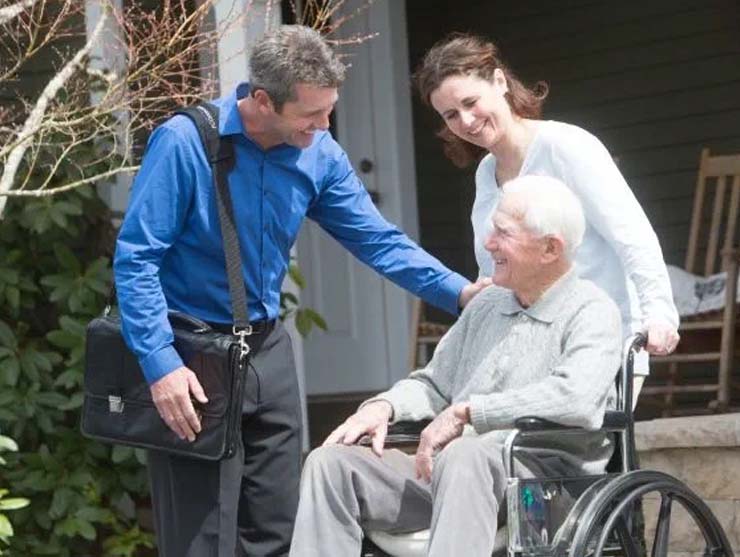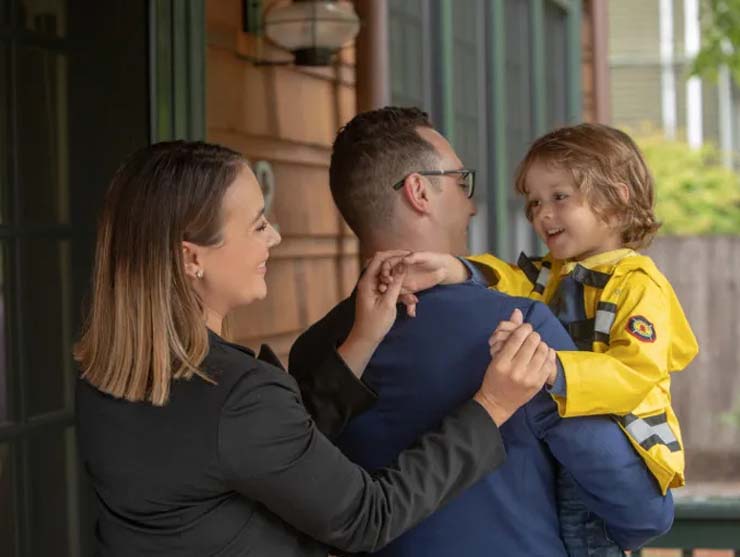Whenever parents are away from home for more than a day or two, the separation may hurt. Military families are in an even more trying situation. Children with family members deployed or awaiting possible deployment in the military need support and reassurance that their loved ones will be safe and return home soon. No matter the time or distance, children benefit from planned activities and rituals that celebrate the relationship and help them to stay connected to their loved ones.
Activities for Easing Separation Anxiety in Children
These activities for children can help ease anxiety and help your child feel connect to a parent that’s away:- Create "While you are away" journals and portfolios. These could be “What I would tell you or draw for you today if you were here” collages, collections of objects found today, and photographs.
- Create a gift jar filled with special items to give you as a homecoming present.
- Mark a calendar. This will help connect both of you (and becomes a math activity). Circling the return date, if known, creates a sense of a journey with an ending.
- Communicate via e-mails, phone calls, and notes.
- Plant a flower, tree, or garden.
- Keep track of where you are on a map. Your child can also track where they are (home, school, at Grandma’s, etc.)
- Put together a photo or video diary of life at home to share with you when you return.
- Store “treasures” in a keepsake box to show you when you get back.
- Do chores around the home to help out.
- Read the same book as you and share their thoughts with you by e-mail, phone, or notes.
- Use special stationery to write notes to you.
- Track the weather where you are.
- Send you mementos for you to carry.
- Hang a bird feeder and keep track of the different birds that come while you are gone.
How Parents Can Stay Connected While Gone
- Send or collect little inexpensive gifts.
- Collect coins, photographs of places or people, postcards, flags, natural materials such as stones, pinecones, or anything that has a sense of place for your child.
- Look at your child’s picture and/or a special memento from your child every night before you go to sleep.
- Tell your child a story (when and if you can communicate) over the phone.
When You are Back Together
- Create rituals around the activities you chose to do while separated—the collections, the diaries, the gift jar, and so on—and make each activity special. Spread them out over a few days.
- Allow for some special time alone with each family member to welcome you back.
- Have some family meals where everyone has a role in preparation (and clean up).
Easing the pain of separation is possible with some planning and effort. But also remember that we can go overboard, and sometimes the best laid plans can fall apart or aren’t always possible to carry out. We may need to relax to avoid “are we having fun yet?” attempts that become so emotion-laden they can create stress and have the opposite effect of that which is intended. Humor and perspective are keys to success.
- Discover ways to help your child prepare for preschool.





